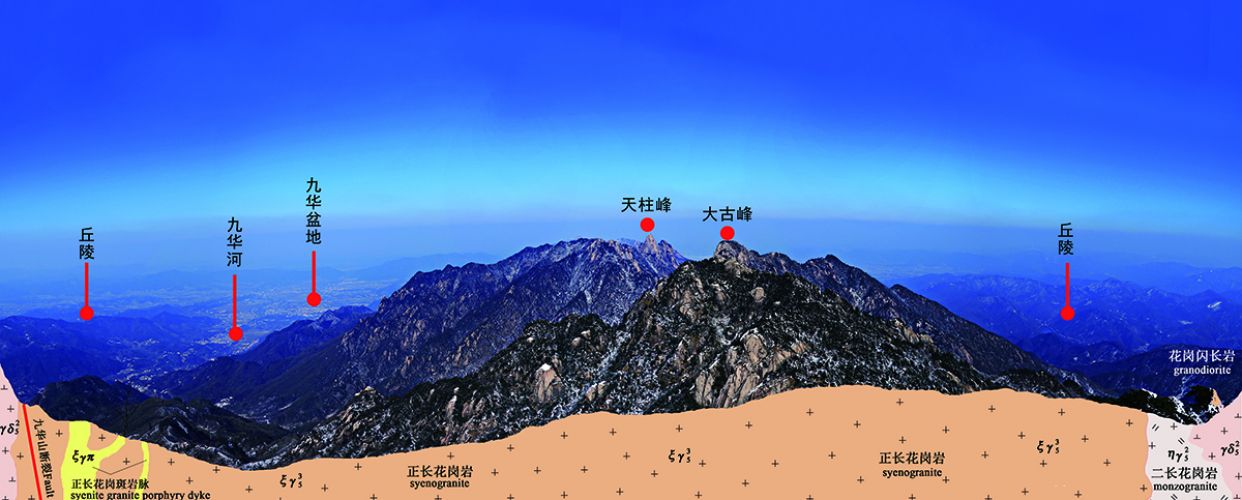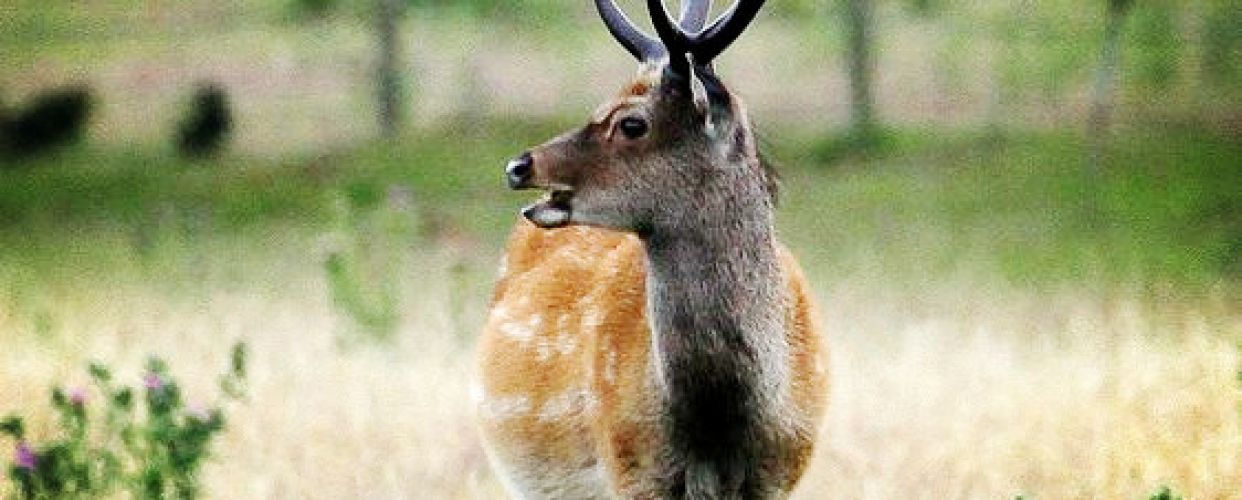- 视频 /
- 音频
-
银杏 Ginkgo biloba 은행나무
视频数: 0 个视频类别:[生物多样性]更新时间:2016.12.31景点介绍:银杏 Ginkgo biloba 은행나무 银杏,又名白果树,是第四纪冰川运动后遗留下来的裸子植物中最古老的孑遗植物,最早出现于3.45亿年的石炭纪,是银杏纲植物现代残存的唯一的种。因此,银杏被称为植物界的“活化石”,是国家一级重点保护野生植物。 银杏树雌雄异株,雄株不结果,而雌株一般要在生长到二十年以后才开始结果。 叶:扇形,有多数叉状并列细脉,春夏季叶色嫩绿,秋季变成黄色。叶可作药用和制杀虫剂,亦可作肥料。 种子:银杏是裸子植物,没有果实器官。种子椭圆形,成熟时黄或橙黄色,被白粉,外种皮肉质有臭味、有毒。种子供食用(多食易中毒)及药用。 Ginkgo biloba, commonly known as ginkgo, also known as the maidenhair tree, is a species of gymnosperm tree that survived the Quaternary glacial movements. It is the last living species in the order Ginkgoales, which first appeared about 345 million years ago during the Carboniferous period. Therefore, ginkgo is often referred to as a “living fossil” in the plant kingdom and is a national Class-I key protected wild plant. Ginkgo biloba is dioecious, with male plants not producing fruit, while female plants do not begin fruiting until they have reached twenty years of age. Leaves: Fan-shaped, with diverging (almost parallel) veins called dichotomous venation. Leaves are bright green in spring and summer, turning yellow in autumn. Leaves have been used in medicine, and also used as insecticides and fertilizer. Seeds: Ginkgo a species of gymnosperm tree without a fruiting structure.The seeds are elliptic, turning yellow or orange when mature, covered in white powder, with fleshy, odorous and toxic outer coating. Seeds are edible (but excessive consumption may lead to poisoning) and have medicinal uses. 백과수라고도 하는 은행나무는 제4기 빙하운동후 남겨진 나자식물가운데서 가장 오래된 고유식물로서 3억 4500만년의 석탄기에 가장 먼저 나타났으며 은행강식물의 현대잔존의 유일한 종이다. 그래서 은행나무는 식물계의 '살아있는 화석'으로 불리며 국가 1급 중점보호 야생식물이다. 은행나무는 암수가 다른 나무로 수컷은 열매를 맺지 않지만 암컷은 일반적으로 20년이 지나야 열매를 맺기 시작한다. 잎: 부채꼴로 다수의 포크 모양의 병렬 세맥이 있으며, 봄과 여름에는 잎색이 연록색이고 가을에는 노란색으로 변한다. 씨앗은 식용 (많이 먹으면 중독되기 쉬움) 및 약용으로 한다. 잎은 약용과 살충제로도 쓸 수 있고 비료로도 쓸 수 있다. 씨앗: 은행나무는 나자식물로 과실기관이 없다. 씨앗은 타원형으로 성숙할 때 노란색이나 주황색, 백분, 외종피의 육질은 악취가 나고 독이 있다.
-
评论列表
评论列表
评论列表
评论列表
评论列表
 HOT
HOT



